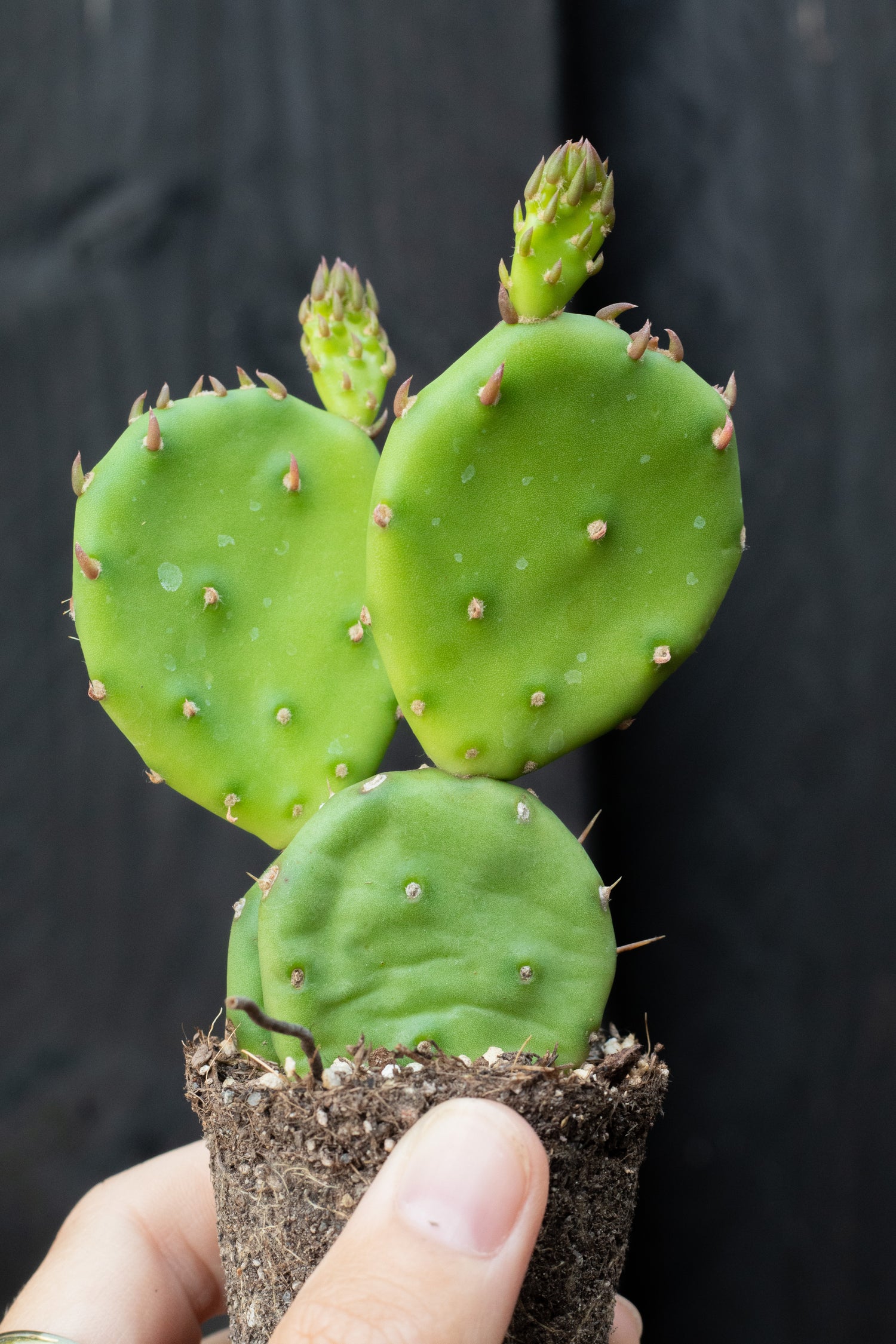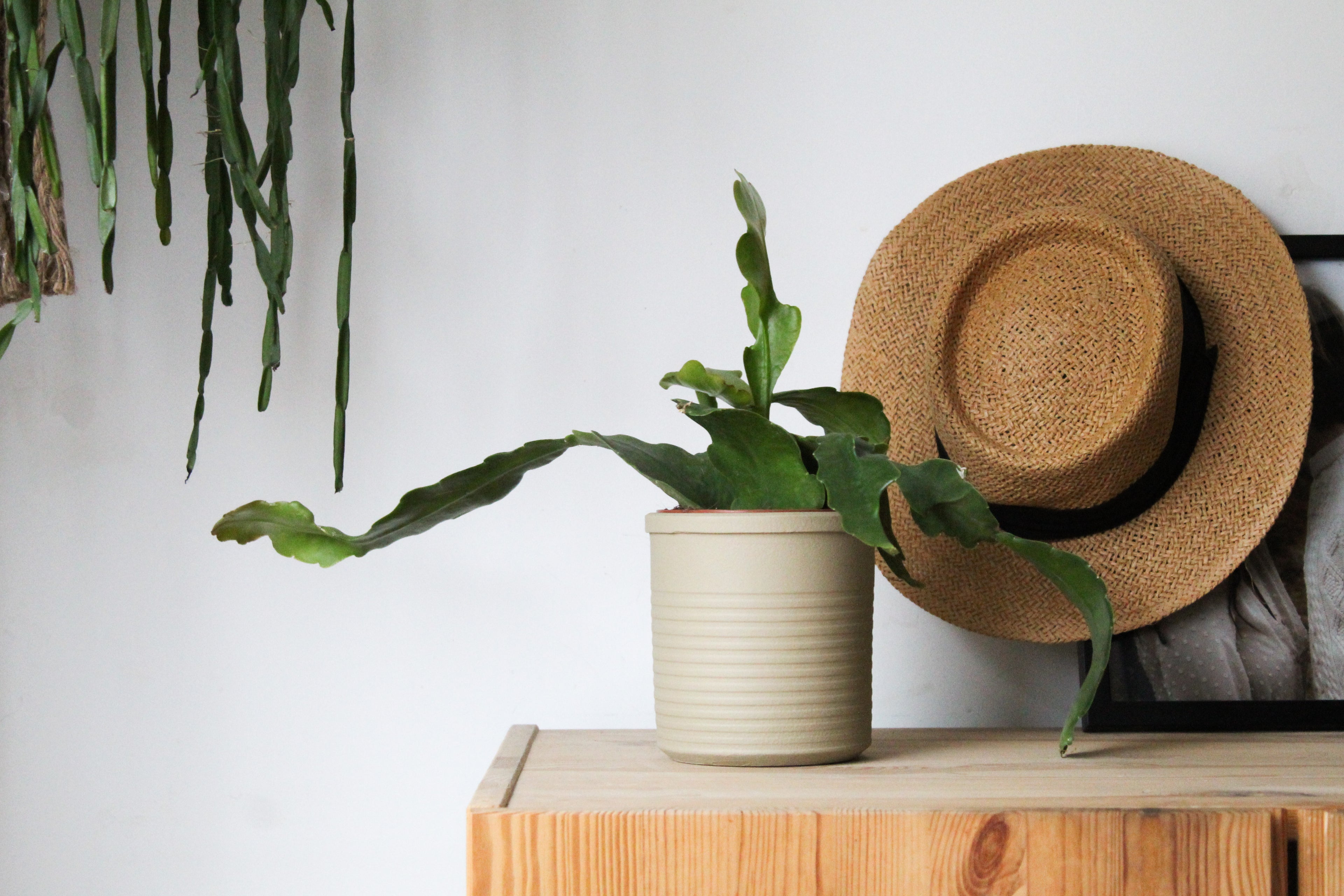Living stones? Are they real? Is that growing? I've never seen this before.
We often receive these questions and comments when people see our living stones. These nice plants have been given this nickname because they look very much like pebbles. Living stones is the Dutch nickname given to these plants. The Latin name is Lithops.
In nature, these living stones grow in South Africa and Namibia. Here they are sometimes so camouflaged between the stones in this area that you can only find them when they start to bloom. Some Lithops species grow in areas that receive only 5-6 cm of annual rainfall. They can therefore withstand long periods of drought very well. Watering is therefore the biggest challenge when caring for these living stones.
Too much water, and especially when the roots are left in the wet soil for too long, can cause the plants to rot. Therefore, do not water more often than once a month to once every two months. Do not give more water than the plant itself can absorb. It is also useful to look closely at the plant. When your Lithops needs water, it will wrinkle and retreat slightly into the ground. These are two signs that the plant requires water and are completely normal. It does not harm the plant if it shows this because it is a natural response to drought.
Lithops mainly bloom in autumn and winter. This is very nice because most other plants have already finished blooming during this period. The living stones maintain the rhythm of nature. Spring begins there when autumn begins here. The flower grows from the centre between the two leaves. They are usually white or yellow in color and range from 3 to 8 cm in diameter. This varies per Lithops species.
The living stones change leaves once a year. The old leaves split open and new leaves grow from the heart of the plant. The new leaves eventually become somewhat larger than the previous ones. The old leaves dry up and fall off the plant automatically. If you don't like it, you can carefully remove them when they have dried completely.
The living stones come in many colors. It is great fun to combine several types and make the most beautiful creations. View all the different types of Lithops plants HERE .





